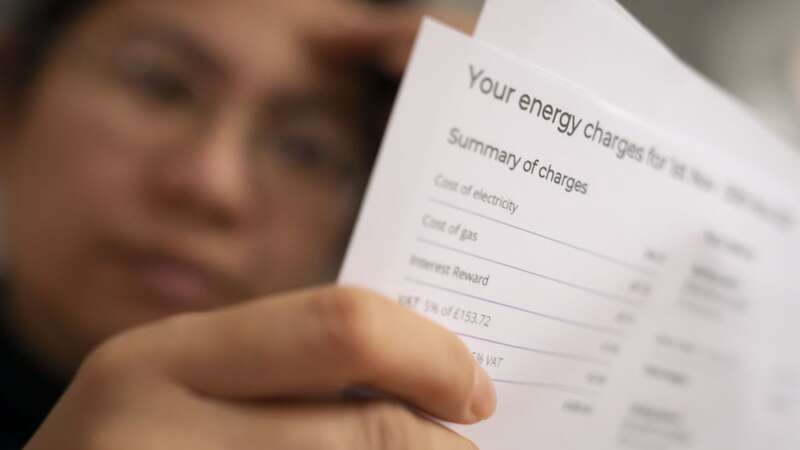
Energy prices are set to remain "high and volatile" for the foreseeable future, according to the head of the sector's regulator, who spoke to MPs as new data showed a 50% increase in customer bad debt over the past year.
Jonathan Brearley, Ofgem's chief executive, addressed the Energy Security and Net Zero Committee, explaining that energy prices "are still significantly higher than they were before, and when we look further out our best estimate is that prices are going to stay high and volatile over time".
During the same session, Tim Jarvis, Ofgem's director general of markets, highlighted that bad debt, where customers fail to pay their energy bills, has become "one of the biggest challenges we've got in the sector right now". He revealed: "If you look at bad debt over the last 12 months, it's increased by over 50%. So it's gone from £2billion to over £3billion."
Mr Jarvis also noted a worrying trend: "We've seen an increase both in the numbers of people in debt but also a much bigger increase in the total amount of debt, suggesting those people are getting further and further into debt."
Historically, the cost of bad debt has been distributed among all customers, costing roughly £23 a year. However, in February, Ofgem decided to implement a temporary additional charge of £28, bringing the total annual cost to approximately £50 per customer.
 'I cleared £15,000 debt by transforming my finances - here's how I did it'
'I cleared £15,000 debt by transforming my finances - here's how I did it'
This move aims to ensure suppliers have sufficient funds to assist customers struggling with payments. Mr Jarvis raised concerns to the committee about the sustainability of the current charges, stating: "Going forward we think that risks being unsustainable, to be honest, spreading those costs across the whole customer base in that way is not the best way to tackle the underlying causes of that."
Ofgem has recently concluded a consultation on standing charges, which are the fixed daily rates that households pay for energy supply, regardless of consumption. In April, the standing charges saw an increase from an average of 29.6p to 31.43p a day for gas, and from 53.35p to 60.1p a day for electricity.
This adjustment means that the annual standing charges for the average direct debit customer have risen from £303 to £334. Amid ongoing cost of living pressures, Ofgem announced in November plans to explore alternatives to the current system of standing charges.
Previously, Ofgem's review of standing charges before the energy crisis highlighted a "complex situation where there are winners and losers". The regulator noted that eliminating standing charges would require suppliers to recover costs through higher per-unit charges.
Currently, the amount of the standing charge can differ by region due to varying costs of energy delivery. Ofgem's analysis suggests that shifting to a usage-based charge could generally benefit low-income households, but it also warns of potential negative impacts on a significant number of consumers.
According to Ofgem's household case studies, approximately 1.2 million low-income households that rely heavily on electric heating could end up being doubly disadvantaged compared to those who might gain from such changes. Mr Brearley informed the committee that Ofgem is set to unveil proposals soon, which will address adjustments to the standing charge in conjunction with protective measures for the most vulnerable groups.
He explained the broader implications: "If we were to make a change to the standing charge, that has significant distributional consequences. So in simple terms, those who are on a low income and have high energy use, around 1.2 million customers, will be around £100 worse off were we to get rid of the standing charge completely."
Mr Jarvis emphasized the broader strategy: "The more important thing is that we're tying this up with our work on affordability, because our view is that if you make changes to the standing charge, it has to be accompanied by something that will protect those low income users who will be most harmed by changes to it."
Read more similar news:
Comments:
comments powered by Disqus
































